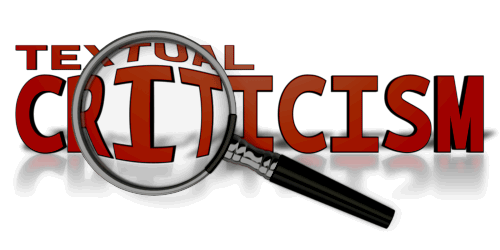Elizabeth Shown Mills

Criticism? Who wants to be critical? We do. Or we should. Criticism, used appropriately, is a powerfully positive force.
The critical evaluation of all material we use for authenticity and credibility—aka textual criticism—is a cornerstone of research in all fields that work with documents. While different fields apply different terms to their methods and standards, most have a common goal and similar criteria. Reliable history researchers carefully evaluate the authenticity of every document they use, analyzing it externally and internally for clues to its origin and veracity. EE’s Chapter 1, Fundamentals of Evidence Analysis, covers twelve major considerations. Today, let’s look at two of them that help us judge the reliability of information we find within records.
Certifications & Certificates
In a court of law, certification by an official creates authenticity—once the court verifies the official status of the creator. In historical research, certification adds little or no weight. Worse, in many respects, certification can seriously diminish reliability. Certified photocopies of legal records can mask distinctive characteristics of the originals: erasures, differences in ink, etc. Modern clerks who create form-type certificates of vital records from old manuscript registers frequently misread names of people, they make erroneous assumptions about places where the events occurred, and—by policy or habit—they omit details that are often critical to our research.
Content & Credibility
Psychologists frequently point out that those who lie tend to provide more detail than those who speak the truth. That same tendency can be seen in spurious records from the past. Frauds and hucksters who have forged documents to prove the otherwise unprovable are frequently undone by the very details they add to embue an aura of authenticity. The notorious Horn Papers that purportedly chronicled life on the Monongahela and Upper Ohio and the Minor Collection that promised new insight into Abraham Lincoln were both outed by careful studies of their content.1
It is tempting, when faced with more resources to explore than time to do it well, to accept statements at their face value. Research into collateral figures who have no real relevance to our project can seem pointless—or, at least, a luxury we can ill afford. The most reliable work, however, is done by researchers who take the time to
- test contextual statements for accuracy,
- compare assertions against contemporary records, and
- identify others who allegedly interacted with our subject.
When named associates cannot be found,when cited events are misdated or placed into the wrong set of circumstances, and when anecdotes are so appealing or appalling that we want them to be true—all these are red flags we cannot afford to ignore.
GRAPHICS CREDIT: "Searching Custom Text," PresenterMedia (http://www.presentermedia.com/index.php?target=closeup&id=16253&categoryid=148&maincat=animsp : downloaded 3 May 2015), item 16253, used under license.
1. For the investigations that exposed these two historical frauds, see Arthur Pierce Middleton and Douglass Adair, “The Mystery of the Horn Papers,” William and Mary Quarterly, 3d series, 4 (October 1947): 409–43; and Worthington Chauncey Ford, Paul M. Angle, and Oliver Rogers Barrett, The Atlantic Monthly Hoax (Springfield, Illinois: The Abraham Lincoln Association, 1929).
Posted 21 May 2015.